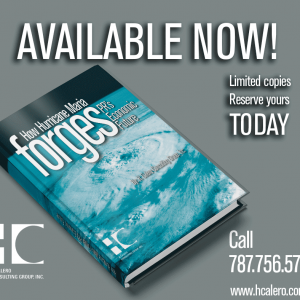
Feb 2017: Greek Lessons on the Impact of Austerity
What can happen when austerity is the only remedy in place
The Greek economic crisis, just like PR’s, was a long time in the making. What began as a credit crisis in 2008 became a social and economic chaos in two years, with austerity measures fueling a negative feedback loop that is still ongoing. The crisis was amplified by prior conditions on the ground, such as, widespread tax evasion, tampering of official statistics, and relentless political pressure from all sides. By 2014, the economic consequences of the process were becoming irreversible with widespread questioning of the need for austerity measures. Since then, many lessons have been drawn, most importantly, that the need for austerity must not override the need for future growth and development. Otherwise, the fiscal policy risks becoming self-defeating as fiscal accounts may never regain sustainability. Puerto Rico must do everything to avoid this trap.







